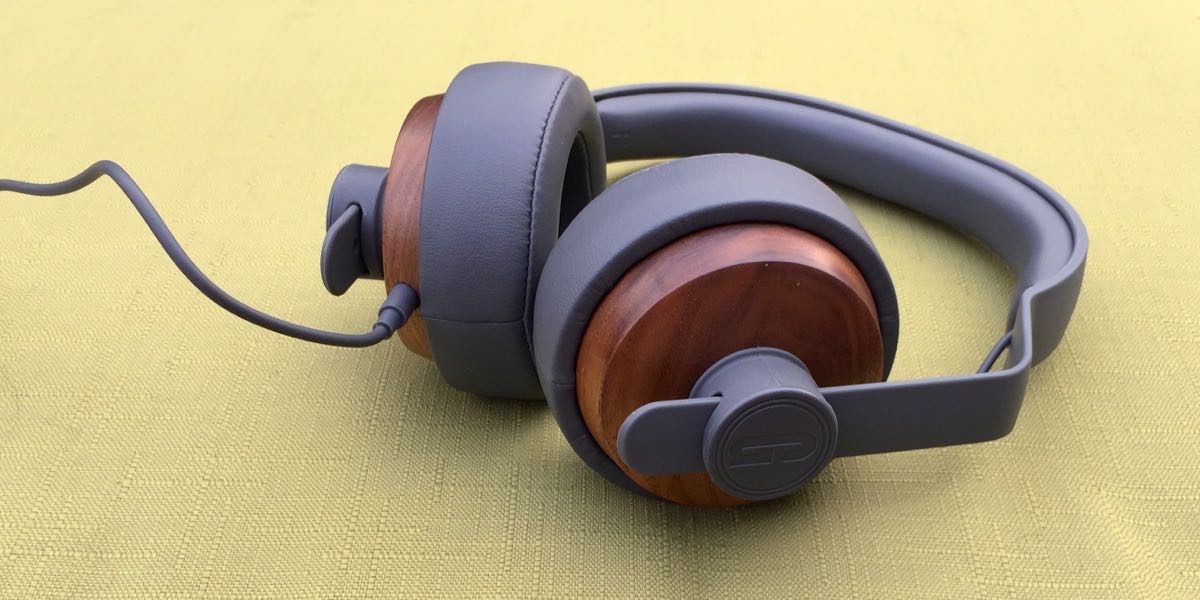
When it comes to mobile devices, I’m pretty solidly in the Apple camp. Between iPods, iPhones and iPads, Apple has a pretty solid “in” around our house. I do own Android versions like a Nook tablet, but they tend to not see the same kind of use that the Apple gear does. That being said, this Apple slant is personal preference only — I review costumer electronics from a wide range of platforms and manufacturers and there are some pretty good alternatives out there. Having just spent a week playing with a new Sony Xperia Z 10.1-Inch tablet, I have to say, the next time I’m shopping for a tablet that’s not an iPad, this thing will be at the very top of my list.
Industrial Design
Sony has always done industrial design well. From TVs to computers, the company is up there when it comes to putting out attractive products and the Xperia Tablet Z reflects this aesthetic. At just .27-inches thick and weighing only 1.09 pounds, Sony claims this is the thinnest and lightest 10-inch tablet out there. I found it extremely comfortable to hold and it’s one of the few full-sized tablets I’ve used that are well-suited to a single-handed grip for extended periods of time (a contoured rubberized strip of trip along the edge helps here). It’s also waterproof, able to survive a 30 minute dunking in up to three feet of water, and dust resistant. Svelteness and durability aside, the Xperia Z tablet just plain looks good.

Brilliant Display
The manufacturers of mobile devices seem to be locked into a spec war that’s focused on display pixel density. It reminds me of the fixation on megapixels that camera makers had, only now it’s ppi (pixels per inch). Apple started this with its Retina display, but it’s gotten to the point where we can pretty much take a sharp display for granted. The Xperia Tablet Z wouldn’t win in a ppi numbers war. In fact it wouldn’t come close. Its 1920 x 1200 resolution on a 10.1-inch screen means a ppi of 224. The latest full-sized iPad has a 264 ppi display, while Google’s Nexus 10 has a 300 ppi display.
Despite this, the Xperia Tablet Z’s display looks extremely sharp. It’s still capable of displaying full HD content and Sony’s image processor (the Mobile BRAVIA Engine 2) does a superb job with motion and color. The display is bright, sharp and shows an amazing color palette — Sony says it’s the widest color spectrum available on any tablet. Whatever the marketing claims, my advice is don’t focus on this tablet’s relatively low ppi, unless you’re into hardware specs bragging rights. The display is simply fantastic.
Android
Let’s face it, early versions of Android on tablets led to an experience that was sub-par compared to iPads. I don’t want to get into a flame war (I’ve used both platforms and own an Android tablet), but there really was no comparison when it came to a polished user experience. With Jelly Bean, that’s changed. Sony puts its own UI over top of Android 4.1, but combined with a very snappy CPU (a quad-core Snapdragon at 1.5GHz) and that display, this is a tablet that’s extremely enjoyable to use. I don’t feel like I’m giving something up compared to an iPad — it’s just different. Presumably Android 4.2 (which the Sony doesn’t yet support) will make things even better.
Conclusion
The Xperia Tablet Z was one of those review products that hurt to pack back into its box. I didn’t want to send it back. I really enjoyed using it and while I still turned to my iPad for some games, during the time that it was here, the Sony tablet was the one I used 90 percent of the time — and not just because I was reviewing it. I really liked it. The 16:9 form factor combined with its light weight made it ideal for scanning and reading web content, while the visual pop of the display made any multimedia applications shine.
Pros:
• Display is outstanding, with vivid colors.
• Extremely thin and lightweight.
• Snappy performance.
• Waterproof and dust resistant.
Cons:
• Doesn’t currently run the latest version of Android.
• Covers for ports seem flimsy and likely to break off.
• $499 price a premium compared to alternatives like Nexus 10 or Kindle Fire HD.
• Display doesn’t match the pixel density of competitors.


